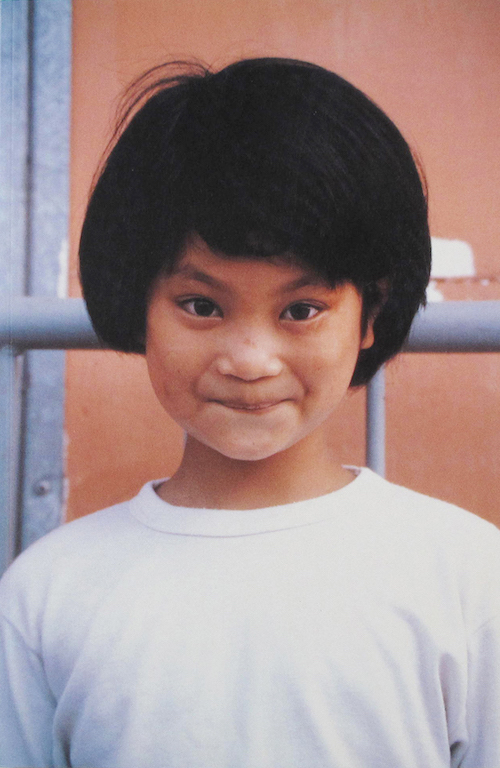Gallery news

Out of focus, another vision of art from 1945 to the present day
Musée de l'Orangerie
"In reality, we know nothing. Nothing precise. Nothing solid. We need to keep shifting viewpoints." (Grégoire Bouillier, Le Syndrome de l'Orangerie, 2024).
This is the same realisation that everyone has, the first time they find themselves before Claude Monet's Water Lilies. This exhibition explores this dimension of the painter's late work, the key to understanding an entire subsection of modern and contemporary art.
It was on the ruins of the post-Second World War period that the blurred aesthetic really took root and developed. The principle of discernment, which had long prevailed in art, now appeared profoundly redundant. Faced with the erosion of the certainties of the visible and the field of possibilities open to them, artists offered new approaches, making transience, disorder, incompleteness and doubt their focus... In response to profound upheavals in world order, they turned towards the indeterminate, the indistinct and the allusive. Their works free themselves from any injunction to be clear-cut, leaving greater room for the viewer's interpretation.
Inherently elusive, blurring invites us to step to one side, to pause our constant attempts to focus, and to explore reality in new ways. It became the preferred means of expression for artists in a world where visibility had become blurred and instability reigned, more than ever before.
![Pier Paolo Pasolini, The Ashes of Gramsci [signed]](/cspdocs/artwork/images/jean_kenta_gauthier_1574.jpg)
![Other People Think [signed]](/cspdocs/artwork/images/jean_kenta_gauthier_744.jpg)
